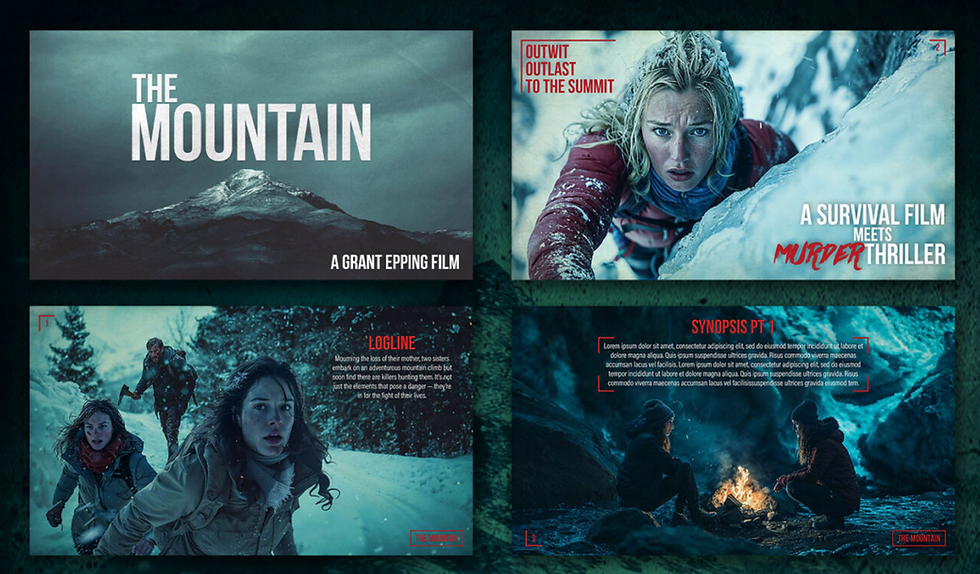Three Steps To Quickly Improve Your Photography Skills
- Jason OHara

- Apr 30
- 2 min read

Photography is an ever-evolving craft, and even small changes can make a big difference in the quality of your work. Whether you’re a beginner or looking to refine your skills, focusing on these three areas—composition, lighting, and post-processing—can quickly elevate your photography to the next level and improve your skills.
1. Master Composition

Composition is the foundation of every great photo. The way you frame and arrange elements in your shot determines how engaging and impactful the final image will be.
• Use the Rule of Thirds: Imagine your frame divided into nine equal sections by two horizontal and two vertical lines. Placing your subject along these lines or at their intersections creates a balanced and dynamic composition.
• Find Leading Lines: Use natural or architectural lines to guide the viewer’s eye toward your subject, adding depth and interest to your photo.
• Simplify Your Frame: Avoid clutter and distractions. Focus on the subject and eliminate elements that don’t add value to the image.
Quick Tip: Practice composing your shots before you press the shutter. Take a moment to look at the edges of your frame and ask yourself what you can include or exclude to improve the shot.
2. Focus on Lighting

Lighting can transform an ordinary photo into something extraordinary. Understanding how to work with light is crucial to improving your photography.
• Use Natural Light: For beginners, natural light is the easiest to work with. Shoot during golden hour (the hour after sunrise or before sunset) for soft, warm lighting that flatters subjects.
• Experiment with Shadows: Shadows add depth and drama to photos. Play with side or backlighting to create more interesting images.
• Control Exposure: Learn how to adjust your camera’s settings—aperture, shutter speed, and ISO—to properly expose your photos in different lighting conditions.
Quick Tip: If you’re shooting indoors, position your subject near a window to take advantage of diffused natural light.
3. Learn Basic Post-Processing

Post-processing is where you can refine and enhance your photos. Even small adjustments can bring out the best in your work.
• Crop for Better Framing: Revisit your composition during editing to ensure the subject is well-positioned and distractions are minimized.
• Adjust Exposure and Contrast: Brighten shadows, tone down highlights, and increase contrast to add depth to your image.
• Experiment with Color: Adjust white balance to ensure colors look natural or apply creative color grading to enhance the mood.
Quick Tip: Start with user-friendly editing software like Adobe Lightroom or Snapseed to make simple but impactful adjustments.
Why Work With Me?
As a professional photographer and filmmaker, I’ve spent years honing the techniques that make a great photo stand out. Whether you’re looking for one-on-one guidance, professional services, or creative collaborations, I’m here to help you take your photography to the next level.
Ready to elevate your photography skills? Contact me today, and let’s create something extraordinary together.

— Jason







Comments